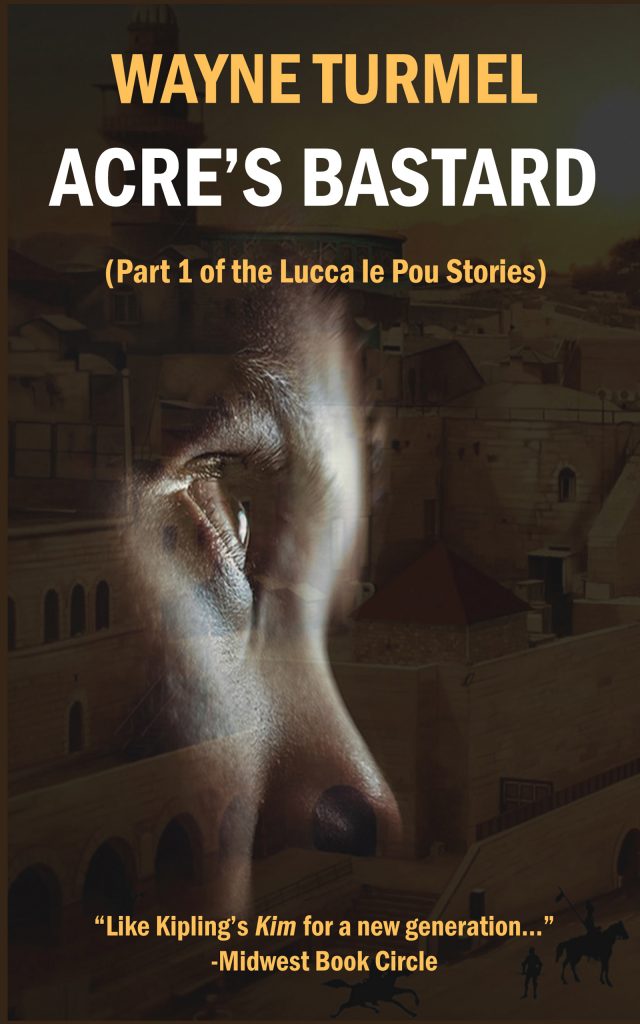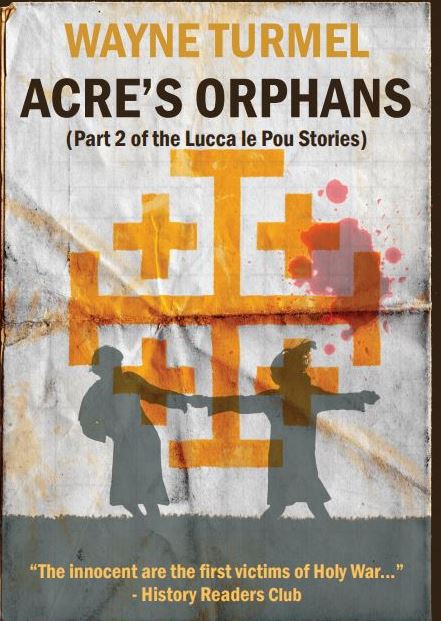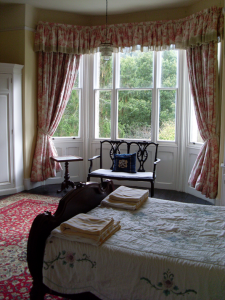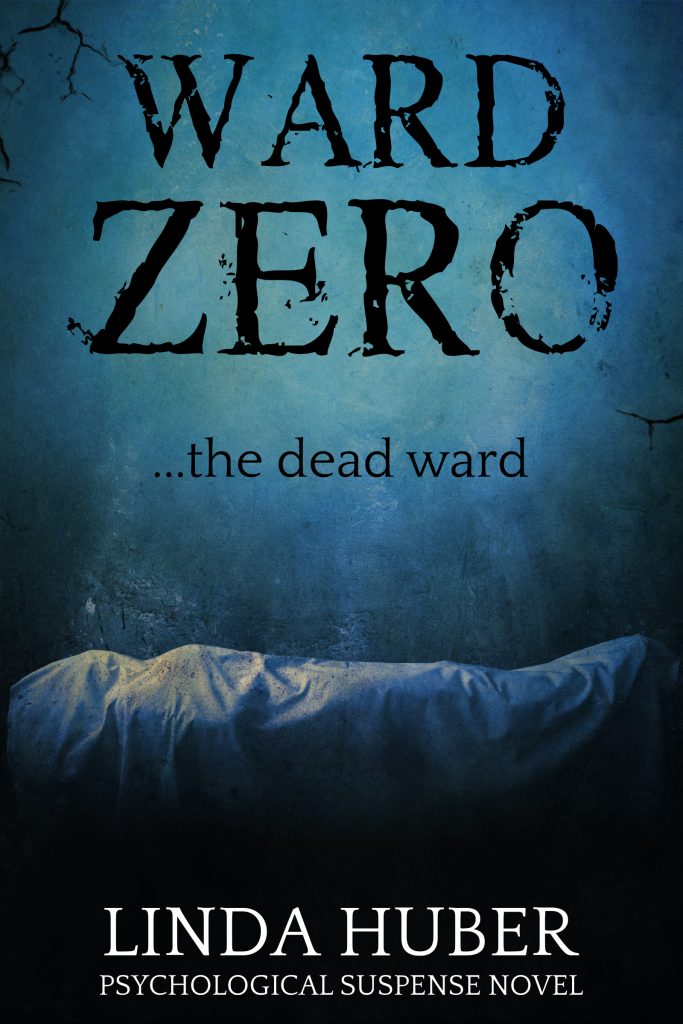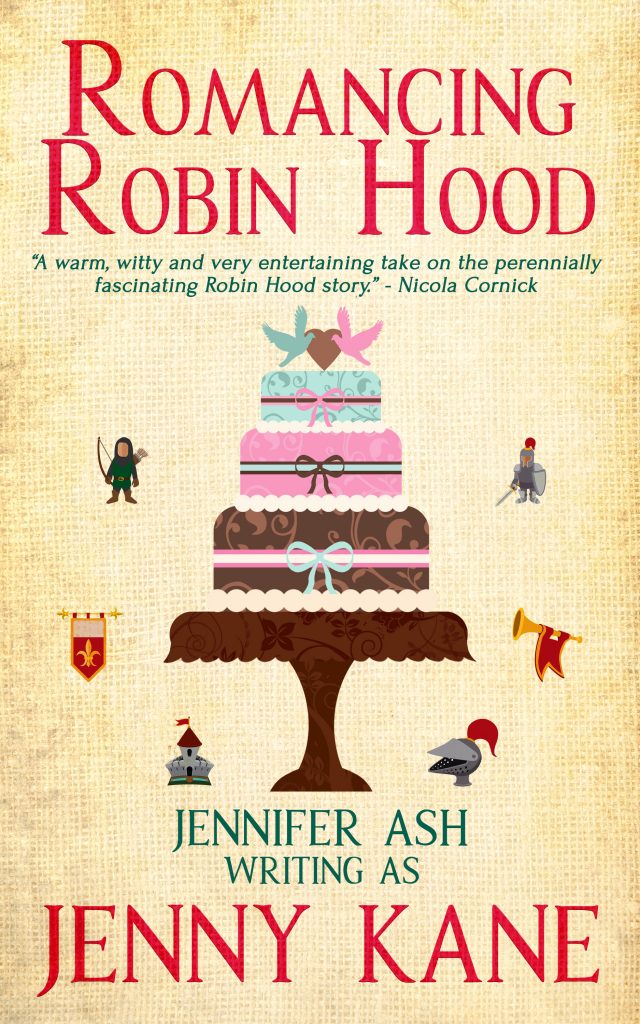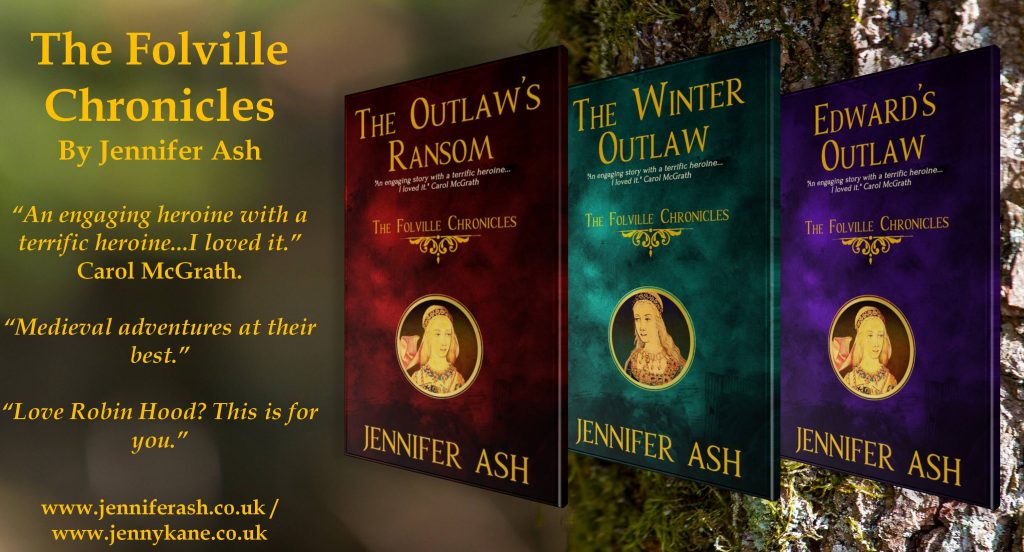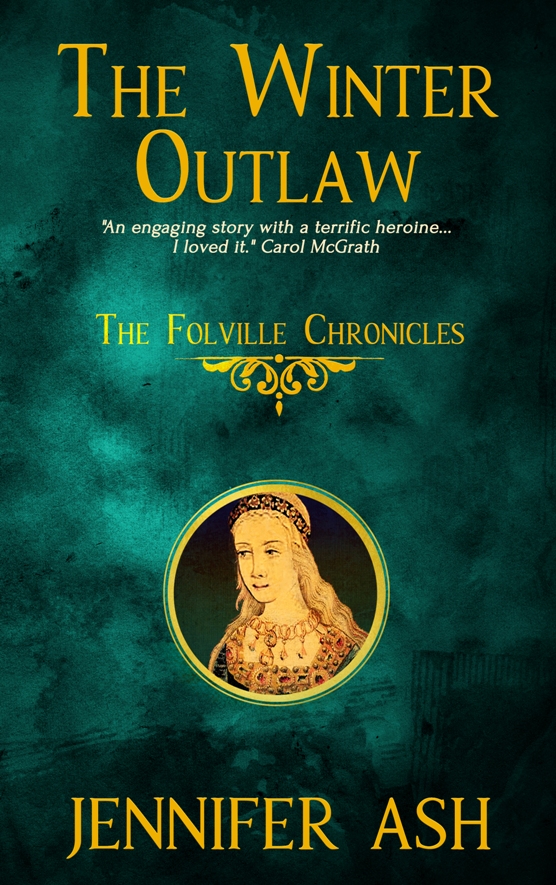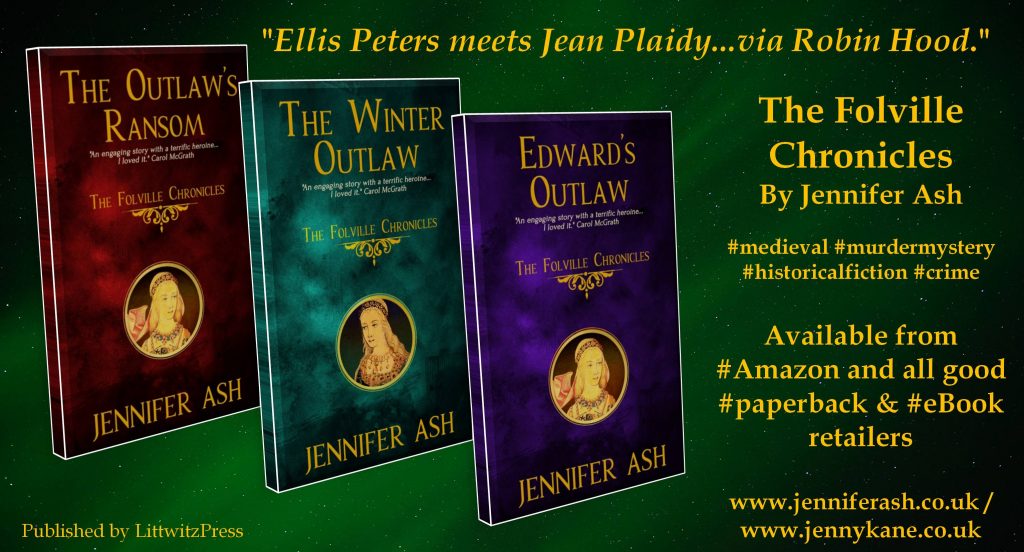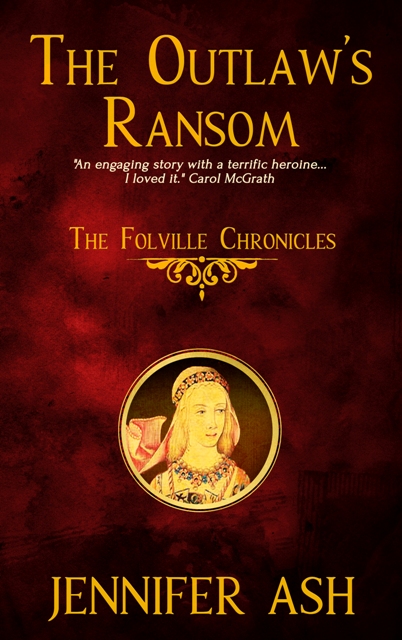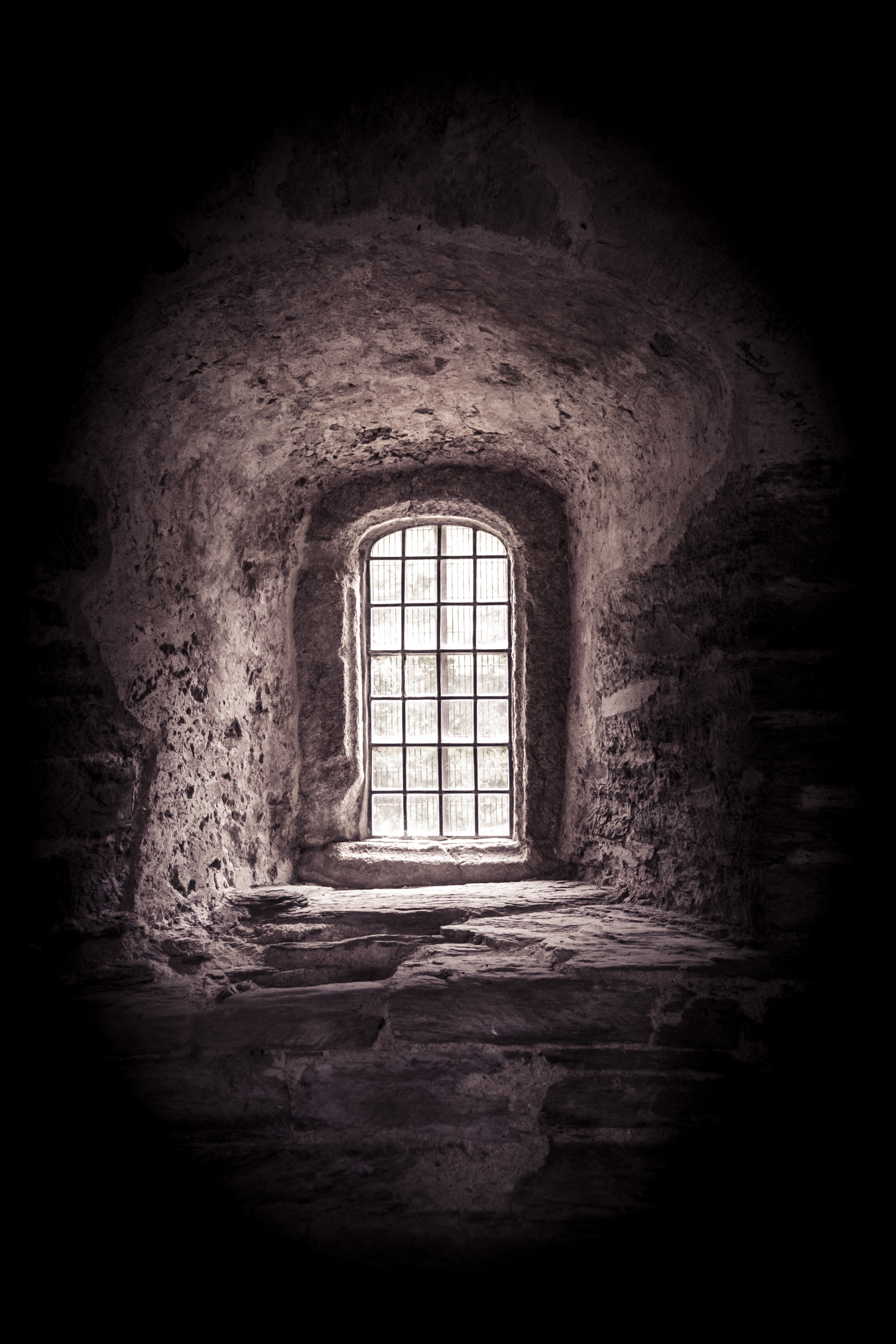The first Opening Lines blog of 2019 belongs to Phyllis Newman. She is introducing us to the New Year in fine Gothic style. Over to you Phyills…

Thank you, Jenny, for the opportunity to participate in this series.
Have you ever re-read a favorite novel from your youth? As a teenager, I was entranced with the mystery, the romance, and the shocking climax of a certain gothic novel. It was a delicious read!
When a blogger I follow mentioned that it was her favorite book as well, I decided to re-read it. I went on Amazon and found a copy available at a Catholic church library in California for $1.67. What a deal! It cost more to mail it across the country.
I waited with great anticipation until it arrived.
That night, I propped myself up in bed with a cup of cocoa, a scented candle, and began reading. What a disappointment. It was over-written, pedestrian, and a little boring. I was startled by how much my tastes had changed.
But it also motivated me to hunt for an honest to goodness creepy, Gothic ghost story recreating the suspense and wonder that the book from my youth had originally elicited. Unfortunately, I was unable to locate one that really grabbed me (so to speak).
So, I decided to write one!
Enter The Vanished Bride of Northfield House. It is a creepy supernatural gothic tale with a spirited heroine, intriguing mystery, engaging romance, and an actual ghost (because there’s nothing like a good haunting!) The story is a mix of mystery and romance with touches of otherworldly spookiness. A gothic horror story that unfolds as all good gothic mysteries do … bit-by-bit … death-by-death …
Blurb:
England, 1922. Times are hard. Anne Chatham is a clever, modest young woman with little money, no prospects for marriage, and a never-shared secret—she can see spirits.
Anne finds employment as a typist at Northfield House, the grand country manor of the Wellington family. Her employer, the wheelchair-bound Mr. Wellington, is kindly. His haughty wife is not. He has two handsome sons, the wry and dashing Thomas and the dark and somber Owen.
Anne feels sure her prayers have been heard. Until the terrifying night she stumbles upon a tortured spirit roaming the dark halls of Northfield, a spirit that only she can see. In a search for answers, she finds herself drawn to Owen as they unearth a tragic story from the Wellington family’s past—a beautiful young bride who vanished on her wedding day.
Then tragedy strikes again on the night of a glittering masquerade ball…

500 words:
CHAPTER 1
The ghost was my first memory of Northfield House.
After taking my coat, a servant ushered me into a small room overlooking the east lawn, where the hushed quiet and dim light narrowed the breach between the living and the dead.
In the far corner, a pale blue presence flickered like a flame.
I sat in a high-backed chair, planted my sturdy shoes on the floor, and repositioned my sensible hat. Accustomed to encountering spirits, I focused upon my surroundings—the broad polished desk, the high shelves of books, the clutter of papers, pens, and bottles of ink. The blue glow hovered in the periphery, as specters inhabit the edges of human vision. When looked at directly, they evaporate like mist in the morning sun.
Although such entities had made themselves known to me many times before, I was nonetheless unnerved. My heart thudded, and I felt the urge to flee. But it wasn’t fear that inspired this sting of anxiety, this damp, fevered spell of agitation.
Rather, I fought against the worry that I was something other than a young, modern British woman. I did not doubt my supernatural perception, but dreaded what it might reveal about me. Was I blessed or was I cursed? Would Father have said this was evidence of evil? Would Mother have called upon the angels to protect me?
After saying a little prayer, I swallowed with difficulty and wondered how long I’d been waiting. I consulted the watch pinned to my bodice. Thirteen minutes past three.
In my trembling hand, I grasped a Liverpool broadsheet, folded to reveal the advert regarding a professional position to which I’d responded weeks ago. It was the possibility of employment that brought me to this elegant estate in northwest England, many miles from home. On the same page was a report about next month’s 1922 Women’s Olympic Games in Paris and details about the German government’s failure to pay war reparations as required by the Treaty of Versailles. I began reading, which momentarily distracted me from the glimmering presence in the corner.
The door swung open without ceremony, making me jump, and admitted an elderly gentleman in a wheelchair.
The blue spirit curled like smoke and disappeared.
A chill danced down my spine despite the warmth of late July.
I stood.
“Good afternoon,” he said. “Forgive me for not rising.” His gruff voice did not convey apology. He wheeled himself behind the desk. “Please. Sit.”
He consulted a document on his desk, his gaze drifting over it. “You are Miss Chatham. Anne Chatham.”
“Yes, sir.”
“Might you be related to the Chathams of Birmingham? Railroads, I believe.”
“No, sir. I don’t think so.”
He didn’t introduce himself, but I gathered that I was in the company of the man I hoped would employ me—Henry Wellington. I tried to relax and accustom myself to his age and infirmity.
“How long have you been a typewriter, Miss Chatham?”
I moistened my dry mouth. “I’ve completed a full-year of…
***
Readers can find The Vanished Bride of Northfield House at Amazon.com/co.uk, Kindle, and Barnes & Noble
Buy links:
USA: http://www.amazon.com/dp/1939403456
UK: https://goo.gl/uU5QBC

Bio:
Phyllis M. Newman is a native southerner. Born in New Orleans, she spent formative years in Florida, Iowa, Mississippi, and on a dairy farm in Ross Country, Ohio. After a long career in finance and human resources at The Ohio State University, she turned her attention to writing fiction. She published a noir mystery, “Kat’s Eye” in 2015, and “The Vanished Bride of Northfield House” in 2018. Today she lives in Columbus, Ohio with her husband and three perpetually unimpressed cats, ghost watchers all.
You may contact/follow/like her at www.readphyllismnewman.com, or Facebook https://facebook.com/ReadPhyllisMNewman/ or Twitter @phyllismnewman2
Readers can find The Vanished Bride of Northfield House at Amazon.com/co.uk, Kindle, and Barnes & Noble
Buy link: http://www.amazon.com/dp/1939403456
British buy link: https://goo.gl/uU5QBC
***
Happy reading everyone,
Jenny x






